
A genus of about 350-530 species, trees and shrubs, of temperate, subtropical, and rarely tropical regions of the Northern Hemisphere. Oaks are the predominant tree genus of our region, with a variety of species dominating much of the landscape in nearly every ecological situation. Only in a few specialized (and usually in some sense edaphically extreme) communities are oaks generally entirely absent: deepest Coastal Plain swamps, some Coastal Plain depression ponds, wettest pine savannas, pocosins, spruce-fir forests, highest elevation northern hardwood forests, and mountain bogs. Our native oaks are divided into three well-marked sections; other sections occur outside our area and two are present as naturalized introductions. North American red oaks (section Lobatae of subgenus Quercus) are characterized by acorns maturing in two years (in one year in Q. elliottii), styles elongate, abortive ovules are at the top of the seed, leaves and leaf lobes bristle-tipped, inner surface of the acorn shell velvety-pubescent, and acorns rooting in the spring. White oaks (section Quercus of subgenus Quercus) are characterized by acorns maturing in a single year, styles short or absent, abortive ovules at the base of the seed, leaves and leaf lobes not bristle-tipped, inner surface of the acorn shell smooth, and acorns rooting in the autumn. Nineteen of our Quercus species are in this group: Q. alba, Q. austrina, Q. bicolor, Q. boyntonii, Q. chapmanii, Q. durandii var. breviloba, Q. durandii var. durandii, Q. lyrata, Q. macrocarpa var. macrocarpa, Q. margaretiae, Q. michauxii, Q. mohriana, Q. montana, Q. muehlenbergii, Q. oglethorpensis, Q. prinoides, Q. robur, Q. similis, Q.stellata). The live oaks of the southeastern Coastal Plain, e. and c. TX, and Central America are section Virentes of subgenus Quercus (Q. fusiformis, Q. geminata, Q. minima, Q. virginiana). Hybrids within each section are frequent and diverse; hybrids do not naturally occur between the sections. Subgeneric, sectional, and subsectional classification follows Manos & Hipp (2021).
Fifteen oak species in our area are typical of upland Coastal Plain communities with at least occasional fire: Q. arkansana, Q. chapmanii, Q. geminata, Q. hemisphaerica, Q. incana, Q. laevis, Q. margaretiae, Q. marilandica var. ashei, Q. marilandica var. marilandica, Q. minima, Q. myrtifolia, Q. stellata, and less typically Q. falcata, Q. nigra, Q. velutina, and Q. virginiana.
Key advice:Fire suppression of Coastal Plain communities, especially of longleaf pine sandhills, leads to an unnatural increase in the stature and abundance of oaks present. In frequent fire conditions, most oaks will persist as short, shrubby fire sprouts. Additional suggestions of how to recognize fire sprouts of these species are given below. In general, leaves of fire sprouts are larger and more deeply lobed than normal leaves. In species of the red oak group, the bristle tips are larger and more pronounced. Increased size in leaves is particularly noticeable when an area previously long fire-suppressed is burned (the large underground root system and nutritional resources of a small tree destroyed by fire being devoted to a few very vigorous sprouts). Fire sprouts are often in sunny conditions, which tend to make oak leaves more deeply lobed and more coriaceous than shaded leaves. White oaks with lobed leaves: Q. margaretiae – often forms dense clonal, stoloniferous patches in frequent fire conditions. Tends to retain standard leaf characteristics. Q. stellata – less prone to formal clonal patches. Sprout leaves often very large, with exaggerated lobing. Red oaks normally with deeply lobed leaves: Q. laevis -- not clonal. Vigorous sprouter, leaves more deeply lobed than any other fire red oak. Small sprouts often have vertical leaf orientation characteristic of adults, though vigorous fire sprouts have more normally disposed leaves. Sprout leaves sometimes very large, with very long, curving lobes. Q. falcata – not clonal. Sprout leaves generally less lobed than typical adult leaves, more like forma triloba, but larger and coarser in texture, difficult to distinguish in shape from Q. marilandica var. marilandica and Q. velutina. See pubescence differences in main key. Q. velutina – not clonal. Leaves variable, sometimes minimally lobed and closely resembling Q. marilandica var. marilandica and Q. falcata. See pubescence differences in main key. Red oaks normally with unlobed leaves: Q. marilandica var. marilandica – sprout leaves sometimes coarsely (though never deeply) lobed. Texture often very coriaceous, shiny, and very stiff. See pubescence characters in main key. Q. nigra – not very typically in fire-prone situations, except as a weedy invader. Young saplings, as well as fire sprouts, often with wildly different leaves than the typical adult form, frequently deeply lobed (for excellent illustrations showing variability in leaf shapes, see p. 329 of Godfrey, 1988 and pp. 51-52 of Godfrey & Wooten, 1981). Leaves always smaller and more glabrous than those of other fire oaks (except Q. hemisphaerica). Q. incana – generally not strongly clonal and stoloniferous even in frequently burned situations; fire sprouts and vigorous shoots more prone to lobing than adult trees; even fire shoots, though, usually with only one to several lobes, and the characteristic bluish-green characteristic holds; see comments above on Q. elliottii. Q. elliottii – strongly clonal via a stoloniferous "runner", never treelike; leaves never lobed, even on fire sprouts, though fire sprout leaves can be larger (to 15 cm long and 5 cm wide); very difficult to tell from fire sprouts or seedlings of Q. incana, best separated by leaf pubescence (white in Q. elliottii, gray in Q. incana), margin (slightly revolute in Q. elliottii, flat in Q. incana), leaf vernation (planate in Q. incana, rolled in Q. elliottii), and acorn maturation (1 year in Q. elliottii, with acorns often on small plants, 2 years in Q. incana, with small plants rarely producing acorns). Q. hemisphaerica – not clonal; leaves of vigorous shoots and fire sprouts often shallowly lobed, the lobing usually fairly neat and regular, triangular-ascending, and with bristle tips. Live oaks: Q. geminata – sometimes clonal; leaves, even of sprouts, not normally with lobes or teeth. Q. virginiana – sometimes clonal; leaves of vigorous summer shoots (but apparently not spring shoots) often coarsely toothed, very similar to similar leaves of Q. hemisphaerica, but lacking bristle tips (instead the translucent margin with a darker, thickened callus at the tip of the tooth). Q. minima – always clonal; leaves often with teeth or lobes. Some oaks with ambiguous leaves are keyed in both Key A and Key D or in both Key B and Key C. The leaves of juvenile (seedling or sapling) branches, fire-sprout shoots, or other vigorous shoots (resulting from similar stimuli such as insect damage) are often much different than typical leaves and are not accounted for in these keys (see discussion at end of generic treatment). Hybrids are frequently encountered; they, too, are not keyed here, but can usually be identified (with difficulty) by their intermediate morphology and by parental context. Trichome types are useful in making and confirming identifications of oaks, since certain types are restricted to various groups of species. Hand lenses of 10× or 20× can be useful, but a dissecting scope with 20× to 40× dissecting microscope is far preferable. See Hardin (1992, 1976, 1979), and Thomson & Mohlenbrock (1979).
Ref: Denk et al. (2017); Duncan & Duncan (1988); Godfrey (1988); Hardin (1979b); Hunt (1990); Hunt (1994); Jensen (1997) In Flora of North America Editorial Committee (1997); Kubitzki, Rohwer, & Bittrich (1993); Manos & Hipp (2021); Mummaw (2018); Nixon (1997b) In Flora of North America Editorial Committee (1997); Nixon & Muller (1997) In Flora of North America Editorial Committee (1997); Stein, Binion, & Acciavatti (2003); Ward (2007d); Wilbur (2002b); Wilbur & Ho (2008); Wu et al. (2023). Show full citations.
Hover over a shape, letter, icon, or arrow on the map for definition or see the legend. Data for arrows not developed for genera and families which may have species only occurring outside the flora area.
 © Keith Bradley | Quercus margaretiae | Original Image ⭷
© Keith Bradley | Quercus margaretiae | Original Image ⭷ © Richard & Teresa Ware CC-BY-NC, permission granted to NCBG | Original Image ⭷
© Richard & Teresa Ware CC-BY-NC, permission granted to NCBG | Original Image ⭷ © Scott Ward | Quercus inopina | Original Image ⭷
© Scott Ward | Quercus inopina | Original Image ⭷ © J.W. Hardin | Quercus geminata | Original Image ⭷
© J.W. Hardin | Quercus geminata | Original Image ⭷ © theo_witsell, some rights reserved (CC BY-NC), uploaded by theo_witsell | Quercus acerifolia source | Original Image ⭷
© theo_witsell, some rights reserved (CC BY-NC), uploaded by theo_witsell | Quercus acerifolia source | Original Image ⭷ © Scott Ward | Quercus myrtifolia | Original Image ⭷
© Scott Ward | Quercus myrtifolia | Original Image ⭷ © Richard & Teresa Ware | Quercus alba CC-BY-NC, permission granted to NCBG | Original Image ⭷
© Richard & Teresa Ware | Quercus alba CC-BY-NC, permission granted to NCBG | Original Image ⭷ © Richard & Teresa Ware CC-BY-NC, permission granted to NCBG | Original Image ⭷
© Richard & Teresa Ware CC-BY-NC, permission granted to NCBG | Original Image ⭷ © Gary P. Fleming | Quercus laurifolia | Original Image ⭷
© Gary P. Fleming | Quercus laurifolia | Original Image ⭷ © Erik Danielson | Quercus macrocarpa var. macrocarpa source | Original Image ⭷
© Erik Danielson | Quercus macrocarpa var. macrocarpa source | Original Image ⭷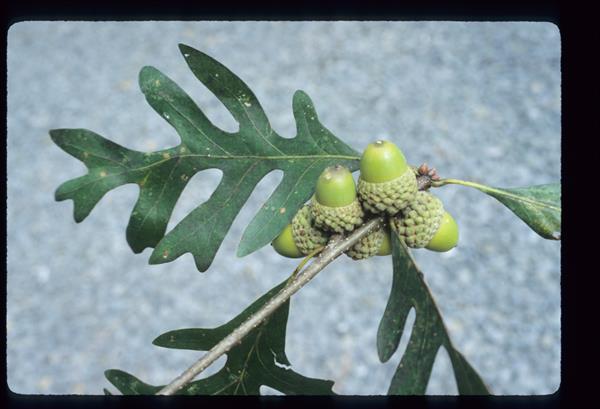 © J.W. Hardin | Quercus alba | Original Image ⭷
© J.W. Hardin | Quercus alba | Original Image ⭷ © Bruce A. Sorrie | Quercus stellata | Original Image ⭷
© Bruce A. Sorrie | Quercus stellata | Original Image ⭷ © Richard & Teresa Ware | Quercus coccinea CC-BY-NC, permission granted to NCBG | Original Image ⭷
© Richard & Teresa Ware | Quercus coccinea CC-BY-NC, permission granted to NCBG | Original Image ⭷ © Keith Bradley | Quercus velutina | Original Image ⭷
© Keith Bradley | Quercus velutina | Original Image ⭷ © Alan Cressler: Quercus virginiana, Hammock, Long Key Natural Area, Broward County, Florida 1 by Alan Cressler | Quercus virginiana source | Original Image ⭷
© Alan Cressler: Quercus virginiana, Hammock, Long Key Natural Area, Broward County, Florida 1 by Alan Cressler | Quercus virginiana source | Original Image ⭷ © Erik Danielson | Quercus alba source | Original Image ⭷
© Erik Danielson | Quercus alba source | Original Image ⭷ © Richard & Teresa Ware | Quercus montana CC-BY-NC, permission granted to NCBG | Original Image ⭷
© Richard & Teresa Ware | Quercus montana CC-BY-NC, permission granted to NCBG | Original Image ⭷ © Bruce A. Sorrie | Quercus virginiana | Original Image ⭷
© Bruce A. Sorrie | Quercus virginiana | Original Image ⭷ © Keith Bradley | Quercus falcata | Original Image ⭷
© Keith Bradley | Quercus falcata | Original Image ⭷ © Keith Bradley | Quercus austrina | Original Image ⭷
© Keith Bradley | Quercus austrina | Original Image ⭷ © Gary P. Fleming | Quercus laurifolia | Original Image ⭷
© Gary P. Fleming | Quercus laurifolia | Original Image ⭷ © J.W. Hardin | Quercus virginiana | Original Image ⭷
© J.W. Hardin | Quercus virginiana | Original Image ⭷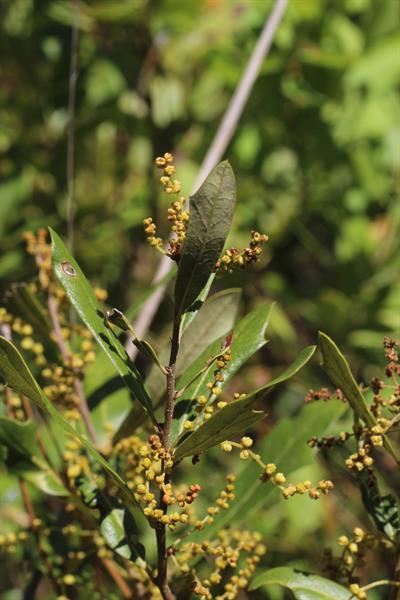 © Scott Ward | Quercus minima | Original Image ⭷
© Scott Ward | Quercus minima | Original Image ⭷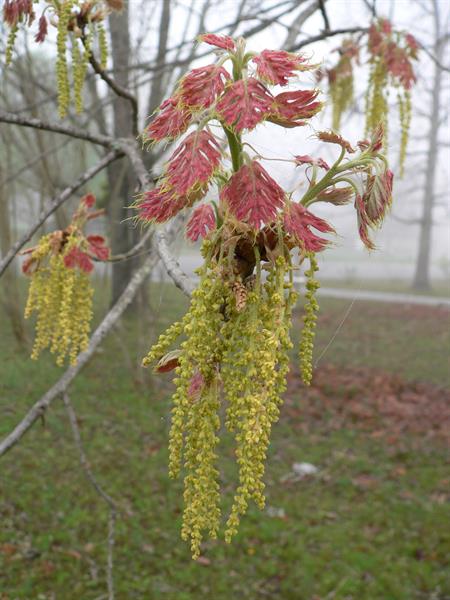 © Richard & Teresa Ware | Quercus shumardii CC-BY-NC, permission granted to NCBG | Original Image ⭷
© Richard & Teresa Ware | Quercus shumardii CC-BY-NC, permission granted to NCBG | Original Image ⭷ © Keith Bradley | Quercus montana | Original Image ⭷
© Keith Bradley | Quercus montana | Original Image ⭷ © Paul Marcum | Quercus rubra var. rubra source | Original Image ⭷
© Paul Marcum | Quercus rubra var. rubra source | Original Image ⭷ © Erik Danielson | Quercus palustris source | Original Image ⭷
© Erik Danielson | Quercus palustris source | Original Image ⭷ © Keith Bradley | Quercus stellata | Original Image ⭷
© Keith Bradley | Quercus stellata | Original Image ⭷ © J.W. Hardin | Quercus marilandica var. marilandica | Original Image ⭷
© J.W. Hardin | Quercus marilandica var. marilandica | Original Image ⭷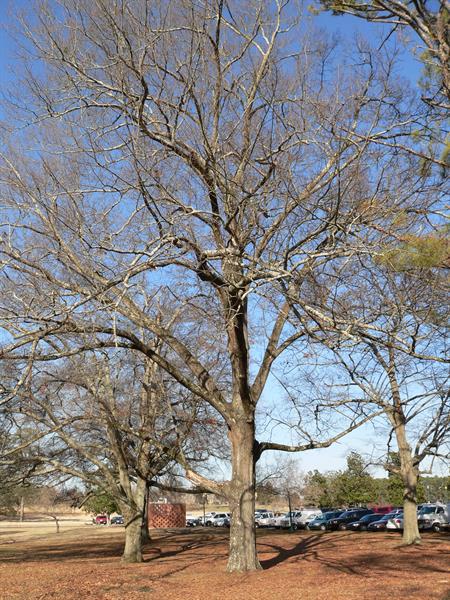 © Richard & Teresa Ware | Quercus imbricaria CC-BY-NC, permission granted to NCBG | Original Image ⭷
© Richard & Teresa Ware | Quercus imbricaria CC-BY-NC, permission granted to NCBG | Original Image ⭷ © Richard & Teresa Ware | Quercus palustris CC-BY-NC, permission granted to NCBG | Original Image ⭷
© Richard & Teresa Ware | Quercus palustris CC-BY-NC, permission granted to NCBG | Original Image ⭷ © Keith Bradley | Quercus laevis | Original Image ⭷
© Keith Bradley | Quercus laevis | Original Image ⭷ © J.W. Hardin | Quercus geminata | Original Image ⭷
© J.W. Hardin | Quercus geminata | Original Image ⭷ © Richard & Teresa Ware | Quercus shumardii CC-BY-NC, permission granted to NCBG | Original Image ⭷
© Richard & Teresa Ware | Quercus shumardii CC-BY-NC, permission granted to NCBG | Original Image ⭷ © Jay Horn | Quercus minima source | Original Image ⭷
© Jay Horn | Quercus minima source | Original Image ⭷ © Scott Ward | Quercus geminata | Original Image ⭷
© Scott Ward | Quercus geminata | Original Image ⭷ © Scott Ward | Quercus montana | Original Image ⭷
© Scott Ward | Quercus montana | Original Image ⭷ © Scott Ward | Quercus rubra var. rubra | Original Image ⭷
© Scott Ward | Quercus rubra var. rubra | Original Image ⭷ © Bruce A. Sorrie | Quercus laevis | Original Image ⭷
© Bruce A. Sorrie | Quercus laevis | Original Image ⭷ © Scott Ward | Quercus inopina | Original Image ⭷
© Scott Ward | Quercus inopina | Original Image ⭷ © Bruce A. Sorrie | Quercus lyrata | Original Image ⭷
© Bruce A. Sorrie | Quercus lyrata | Original Image ⭷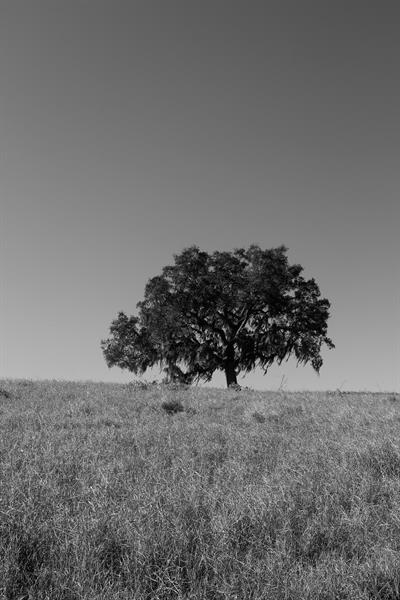 © Scott Ward | Quercus virginiana | Original Image ⭷
© Scott Ward | Quercus virginiana | Original Image ⭷ © Gary P. Fleming | Quercus coccinea | Original Image ⭷
© Gary P. Fleming | Quercus coccinea | Original Image ⭷ © Erik Danielson | Quercus ilicifolia source | Original Image ⭷
© Erik Danielson | Quercus ilicifolia source | Original Image ⭷Feedback
See something wrong or missing on about Quercus? Let us know here: (Please include your name and email if at all complicated so we can clarify if needed.)
Cite as...